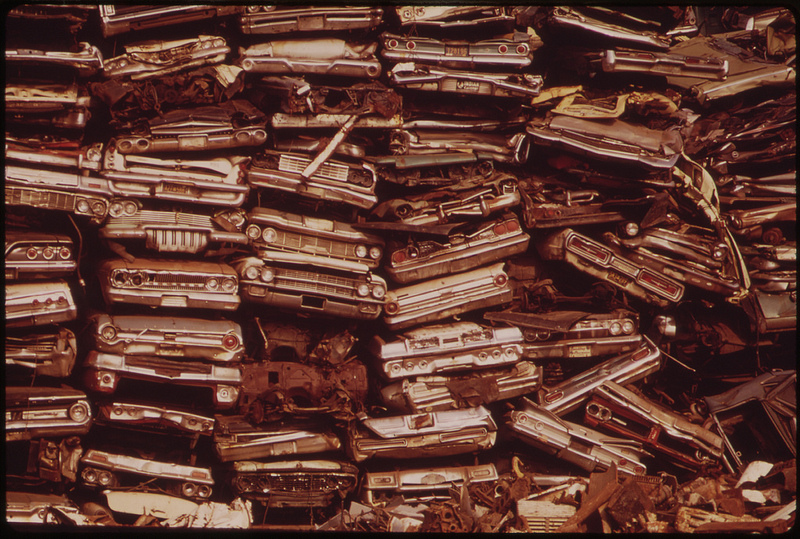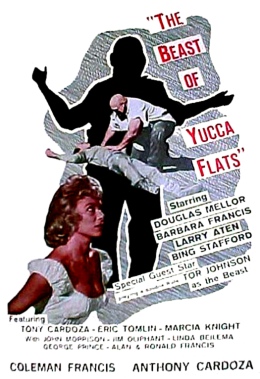Dear Fortress Plus,
I write with not-so-good news. The Car Wall 4.0 I ordered is rusting more quickly than advertized. Your salesman, Herm C—, who’s a very nice fellow so I don’t want to cast aspersion on him, said that the wall would last “ten lifetimes, plus!” More specifically, he referenced the Great Wall of China and said that because Car Wall 4.0 is made of metal it’s twice as strong as that one, which is made of stone. It made sense at the time. But then I saw the rust, and also how the 1963 Chevy Impala was sagging from the weight of the 1963 For Fairlane directly above it, and so I did some online research and learned that metal doesn’t fare well under compression, which is why the pillar things under bridges are made of stone. Other bridges are made of metal but those are suspension bridges, so Herm was kind of wrong when he told me to think about the Golden Gate Bridge and how strong it was. Maybe correct him. Don’t fire him, though. He’s a really nice guy. The anecdote he told me about protecting his own family homestead from marauding meth-crazed looters using Appliance Rampart 3.0 was deeply moving. Which brings me to another point. Several of the cars, e.g. the 1957 Plymouth and 1959 DeSoto Adventurer convertible, are faring extremely well. Barely rusting, barely crushed, and the grills are kind of nice to look at, like faces. Would it be possible to have more recent and flimsier models, such as the aforementioned Impala and also the 1967 Pontiac Catalina and 1965 Chevrolet Corvair Corsa, replaced by models from the fifties? Also—not to be piling it on—but there’s something beneath the 1962 Cadillac Coupe DeVille, in what the owner’s manual calls the Seventh Quadrant, that looks kind of not like a car. Is it the undercarriage of a bus or something? Like, folded over? I ask because, while it’s actually pretty strong, it isn’t very fun to look at. That’s it. Whew! Except, well, it would be kind of neat if I could turn on the headlights from time to time, just for effect. Herm said that that was in the planning stages, possibly to be featured in Car Wall 5.0. Sign me up, if so, because I consider myself a lifelong Fortress Plus customer, despite the circumstances. Yours is a company that looks towards the future, because, I mean, where are all the dead cars going to go otherwise? Junkyards? Pretty soon there’ll be more cars than people, and every grave will have a car on top of it, maybe sideways. At least that’s what Herm said. And I believe him.
Yours Sincerely,
Bradley B—
*
Secret Americas features writing about images from the U.S. National Archives.
Image via Flickr – “Stacked Cars In City Junkyard Will Be Used For Scrap, August 1973,” photograph by Dick Swanson. National Archives and Records Administration College Park. Part of the Documerica project.
Bradley Bazzle’s story “Gift Horse” appears in NER 31.4. Other stories he’s written appear in The Iowa Review, Epoch, Phoebe, Bad Penny Review, The Beloit Fiction Journal, and elsewhere. He lives in Athens, Georgia, where he’s working on a novel and a PhD in English.


